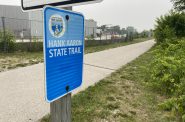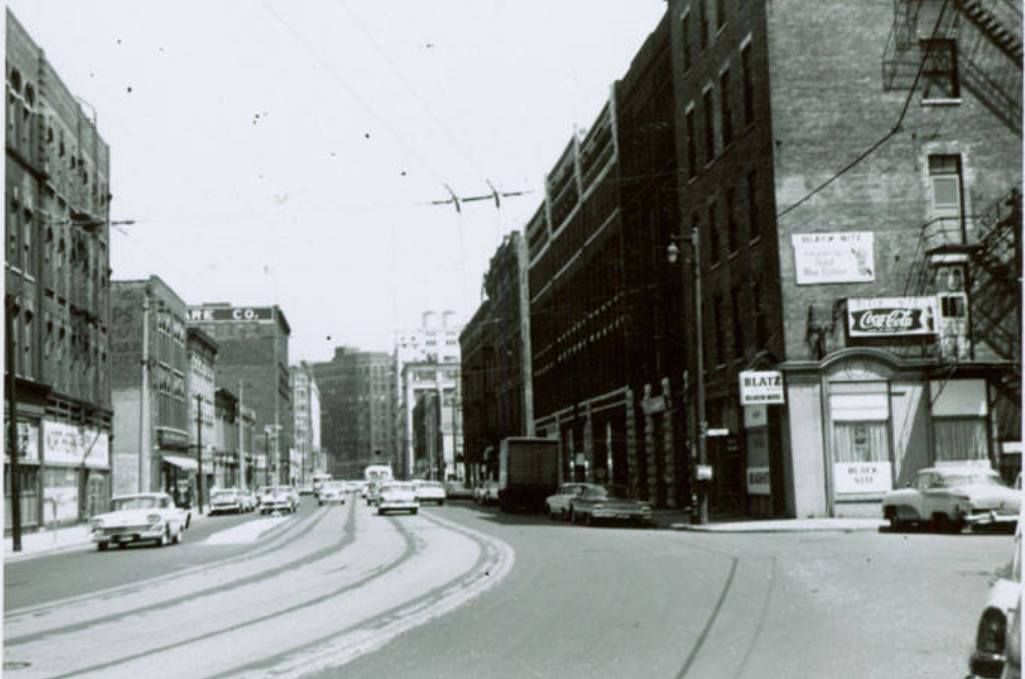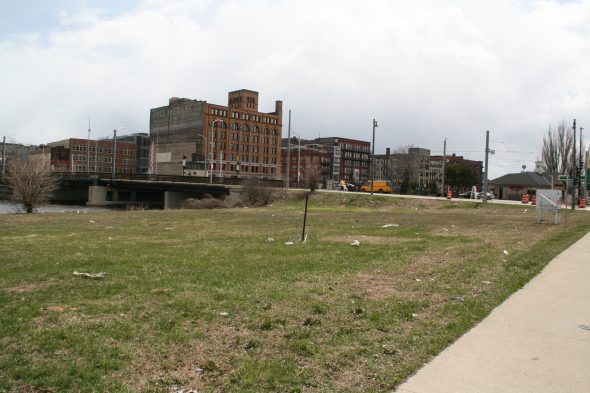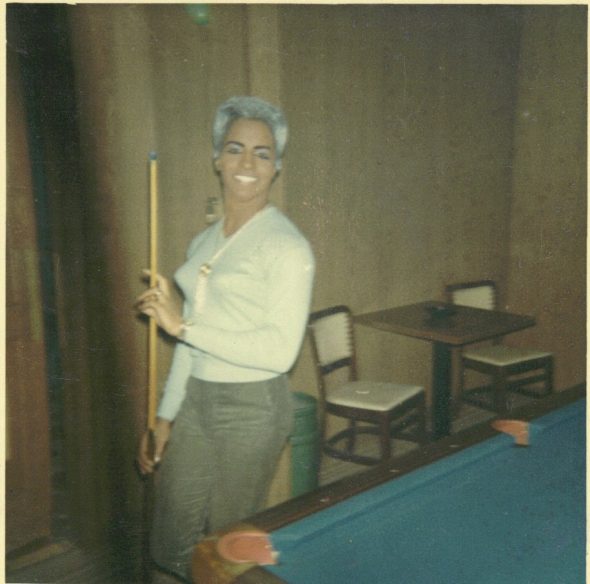Site of LGBTQ+ Black Nite Brawl Receiving Historic Landmark Designation
Patrons at Black Nite gay bar fought back against homophobic attack in 1961.
Members of Milwaukee’s LGBTQ community fought off a homophobic attack in 1961 outside a gay bar in downtown Milwaukee. It would go on to be called the Black Nite Brawl and be considered a major event in the early history of the gay rights movement in the U.S. Now, the Milwaukee County Landmarks Committee is poised to designate the site a local historic landmark.
The Black Nite bar and the building that housed it, at 400 N. Plankinton Ave., doesn’t exist anymore, and the story of the brawl almost vanished, too. Brice Smith was working on the Milwaukee Transgender Oral History project when he met Josie Carter, a Black Transgender woman, who relayed to him what he later understood to be a major uprising of Milwaukee’s LGBTQ community. The brawl occurred eight years before the historic Stonewall Uprising in New York City, which is often regarded as the seminal event that kicked off the gay rights movement.
The landmark designation was formally introduced Wednesday at a meeting of the Milwaukee County Landmarks Committee, to which the Milwaukee County Historical Society staff serves as secretary and provides support. It is expected to voted on in November. Michail Takach, a curator for the Wisconsin LGBTQ History Project, submitted the nomination.
At the landmarks committee, Smith explained that the first time he met Carter, “she shared the story with me have a Black Nite Uprising, as she had done for generations, sitting on a bar stool, just telling the story of what happened; and so much of queer, trans history has been shaped in exactly this way.”
What happened was, a group of sailors went to the Black Nite, known for being a gay bar, and started causing trouble which led to their getting kicked out of the bar. Later, they came back with a mob of people, but the patrons of the Black Nite were ready and waiting for them; a fight ensued.
Diane Buck, a member of the committee, said the proposal meets two important criteria for landmark status because it is a historically and culturally significant event that contributes to Milwaukee’s heritage.
The uprising at the Black Nite occurred, she said, because of the “pronounced homophobia” found at every level of Milwaukee society. The Chief of Police Howard Johnson had declared a war on perversion and in 1960, Milwaukee police beat to death a gay man named Elroy Schulz. “Gay patrons were fighting back [at Black Nite] because of the constant oppression that they faced in this community,” Buck said.
Andrew Larsen, a historian at UW-Milwaukee, spoke in favor of the landmark designation. He explained the importance of honoring local LGBTQ history, saying: “Queer people do not typically grow up raised by other queer people… And the result of that is that most queer people grow up almost entirely unaware of their history.”
Milwaukee County Supervisor Peter Burgelis said it’s imperative that Milwaukee has “at least one historically designated LGBTQ landmark.” There are currently none.
Zachary Peterson, a board member for the Milwaukee Preservation Alliance (MPA), expressed support for the landmark status on behalf of the MPA, noting that the site is important to the beginning of the gay rights movement “not only in Milwaukee County, but across the country.”
The Black Nite tavern site was one of several properties cleared to build Interstate 794 through Downtown. What remains is a privately-owned vacant lot, 412-420 N. Plankinton Ave., between the freeway and W. St. Paul Ave. The site of the tavern, based on historical fire insurance maps, is today part of the intersection of W. St. Paul Ave. and N. Plankinton Ave.
Update: This story has been updated to reflect that Michail Takach submitted the nomination for historic landmark status.
If you think stories like this are important, become a member of Urban Milwaukee and help support real, independent journalism. Plus you get some cool added benefits.
Political Contributions Tracker
Displaying political contributions between people mentioned in this story. Learn more.
MKE County
-
Ron Johnson Says Free-Market Principles Could Fix Education
 Jul 17th, 2024 by Graham Kilmer
Jul 17th, 2024 by Graham Kilmer
-
RNC Will Cause Some County Services To Be Moved to Wauwatosa
 Jul 12th, 2024 by Graham Kilmer
Jul 12th, 2024 by Graham Kilmer
-
Hank Aaron State Trail Will Be Closed For RNC, State Fair
 Jul 12th, 2024 by Graham Kilmer
Jul 12th, 2024 by Graham Kilmer























